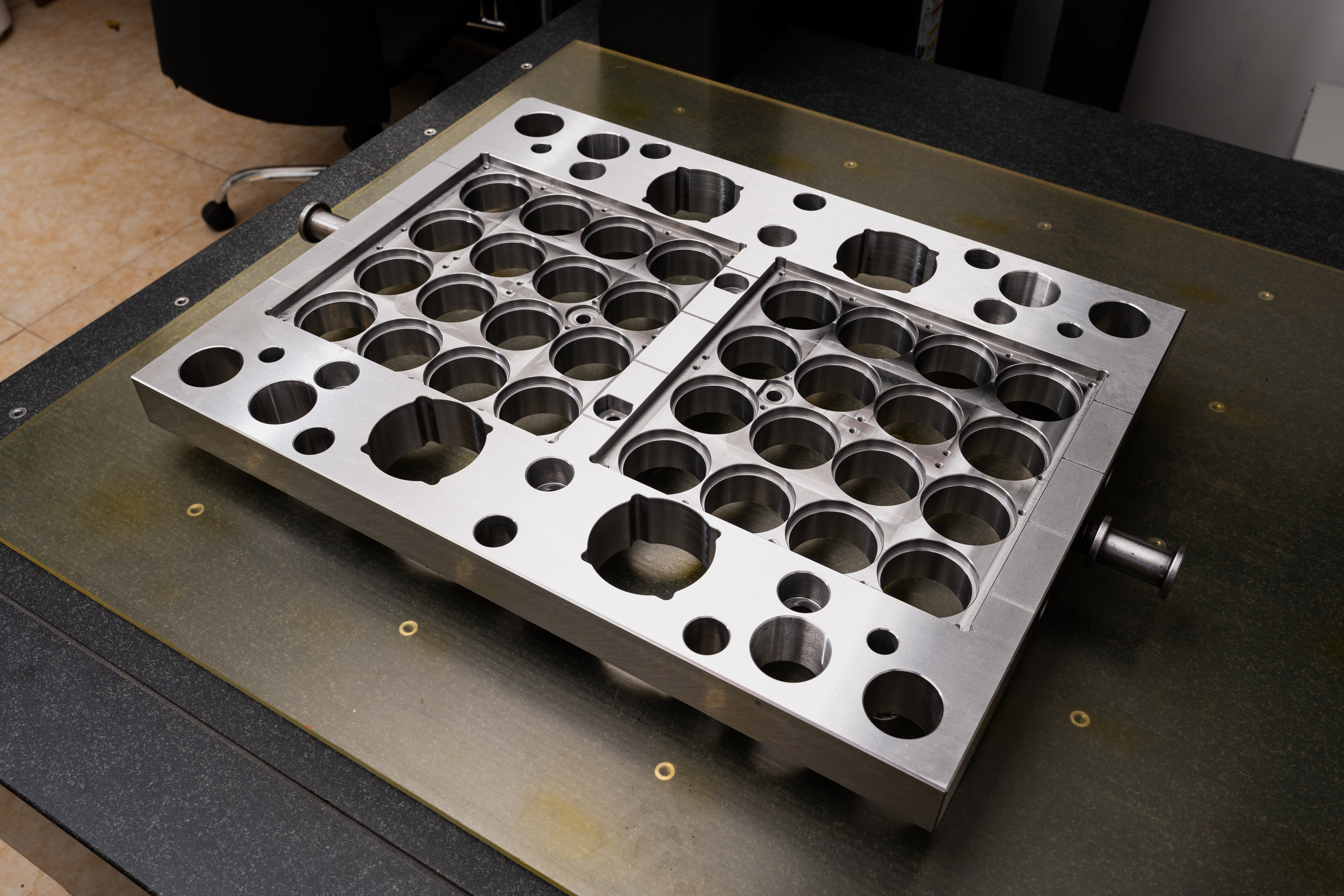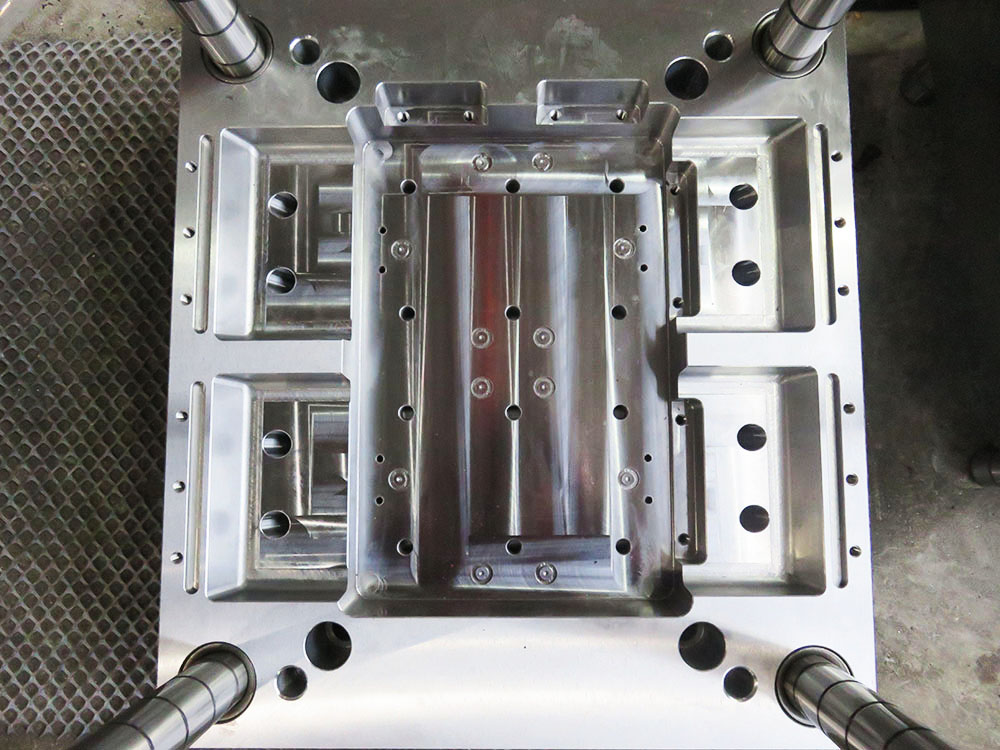Determining the Value of Safety Calculation Load for Suspension Scaffold Framework in Mold Base Industry
In the mold base industry, safety plays a crucial role in ensuring the well-being of workers and the success of projects. Suspension scaffold frameworks are commonly used in this industry to provide access and support for workers during mold base construction and maintenance. It is essential to determine the value of safety calculation load for suspension scaffold frameworks accurately to ensure the stability and reliability of the structures. This article will outline the steps involved in this process.
Step 1: Understanding the Purpose of Safety Calculation Load
The safety calculation load serves as a measure of the maximum weight that a suspension scaffold framework can support without compromising its integrity and stability. It takes into account various factors such as the weight of workers, tools, materials, and equipment used in mold base operations. By determining the appropriate safety calculation load, companies can ensure that the suspension scaffold framework is capable of supporting the intended load.
Step 2: Gathering Relevant Information
Before calculating the safety load, it is crucial to collect all the necessary information required for the calculation process. This information includes the weight of the scaffold framework components, the weight of the workers, the weight of tools and equipment, and the weight of materials to be used during mold base operations. Accurate and up-to-date information enables precise calculations and reduces the risk of accidents or structural failures.
Step 3: Calculation and Formulation
Once all the relevant information is assembled, the safety calculation load can be determined. The calculation generally involves adding together the weights of the different components. The formula for calculating the safety calculation load is as follows:
Safety Calculation Load = Weight of Scaffold Framework + Weight of Workers + Weight of Tools and Equipment + Weight of Materials
It should be noted that certain safety factors, such as wind loads or dynamic forces, may need to be considered depending on the specific requirements and regulations of the mold base industry. These factors ensure that the suspension scaffold framework can withstand external forces and maintain stability during operation.
Step 4: Comparing Results to Standards and Regulations
After the safety calculation load has been determined, it is essential to compare the results to relevant standards and regulations. Various industry organizations and government bodies provide guidelines on the recommended safety measures and maximum load limits for suspension scaffold frameworks. By comparing the calculated safety load to these standards, companies can ensure compliance with safety regulations and minimize the risk of accidents or injuries.
Step 5: Regular Inspection and Maintenance
While determining the safety calculation load is crucial, it is equally important to conduct regular inspections and maintenance of suspension scaffold frameworks. Over time, wear and tear, weather conditions, and other factors can affect the structural integrity of the scaffold. Regular inspections ensure that any potential issues are identified and addressed promptly, reducing the risk of accidents and maintaining a safe work environment.
In conclusion, determining the value of safety calculation load for suspension scaffold frameworks in the mold base industry is a vital step to ensure the safety and stability of structures. By understanding the purpose, gathering relevant information, performing accurate calculations, comparing results to standards, and conducting regular inspections, companies can create a secure and efficient work environment for their employees.




